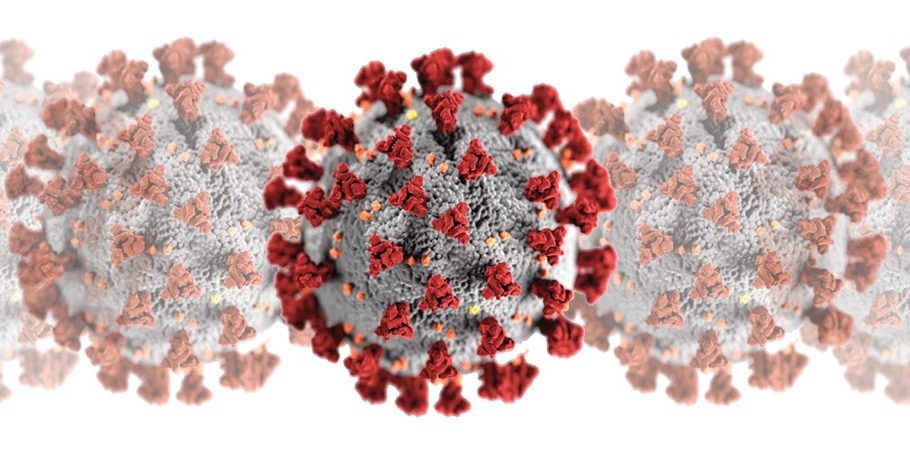The use of cash assistance in the Covid-19 humanitarian response: accelerating trends and missed opportunities

The onset of COVID-19, social distancing, lockdowns and rapidly growing poverty has has resulted in cash assistance became the global default mechanism for assistance.
Cash has proven to be an adaptable means of saving lives and supporting livelihoods in a timely fashion. Cash has also mitigated the pandemic’s impacts on local economies while giving recipients the flexibility to decide what they require.
The COVID-19 crisis particularly gave a further impetus to the role of national social protection systems – and the increasingly significant question of how humanitarian systems can link to or support these – in reaching and covering those in need.
Drawing on inputs from across the CALP Network, this paper explores how cash and voucher assistance—with a focus on humanitarian response—has been scaled up or adjusted in response to Covid-19, and how CVA is changing ways of working.


